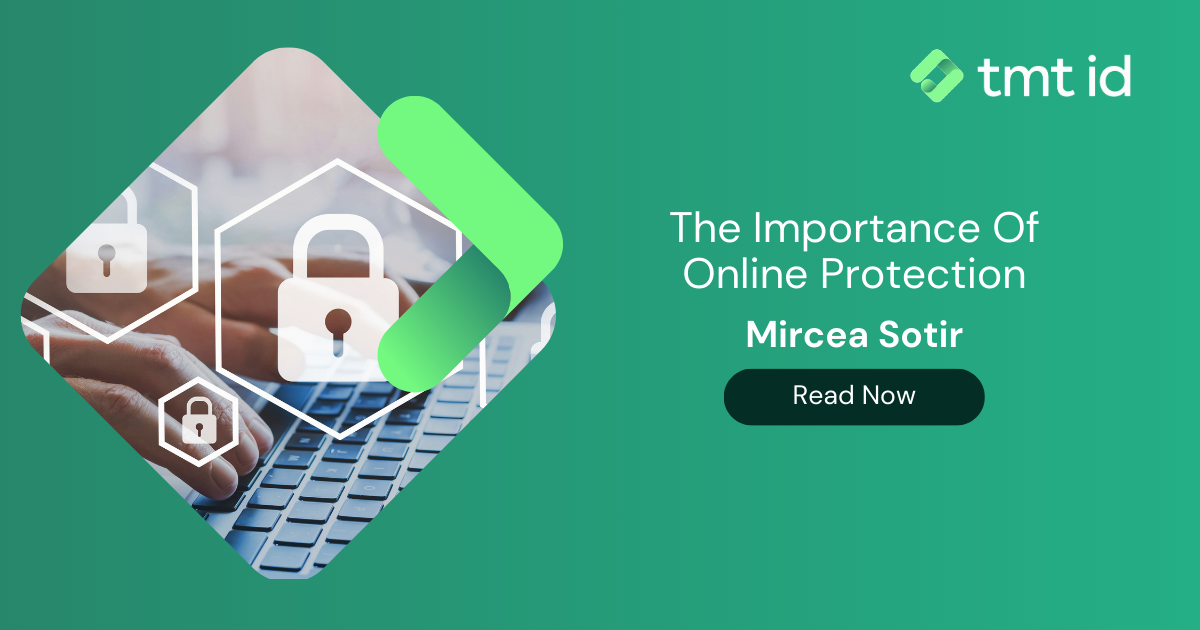
In the summer of 1983, six months away from launching the first Macintosh, Steve Jobs had an idea for a new service where software could be downloaded over phone lines. He described it as “a little like a record store online”, and that seed of an idea became what we know of today as the ‘App Store’.
Today there are a combined total of over 4.5 million apps available for Google and Apple users and 2019 saw over 200 billion app downloads. There literally is an app for everything. That alone creates a huge authentication market with plenty of possible headaches and bumps in the road along the way.
With over 4.5 billion internet users globally today, about 60% of the world’s population now has access to it. This is providing real impetus to the trend of increasing global online retail sales, estimated to be around 12% of total retail spending today. E-commerce sales are set to double worldwide in the coming five years. This, allied with other online spending and general in-app purchases, resulted in a total of almost 600 billion non-cash transactions last year. With a compound annual growth rate (CAGR) of over 12% forecast for the coming few years, there is only one way this non-cash transaction trend is heading.
The world of payments certainly is evolving rapidly but with that massive increase has come a wave of ever-increasing fraud. Adding verification, an extra layer of protection, is now so important for all organisations looking to tighten up their security. With increasing regulation such as the Payment Services Directive 2 in the EU, it has become far more than a ‘nice to have’.
Take the growing number of app downloads. Add e-commerce and the massive ongoing increase in non-cash transactions. How do organisations best go about registering all their users’ accounts, verifying as they go? Well, there are several options and broadly split down into either the email or mobile verification camps.
Email used to be the de facto registration verification tool of choice but is increasingly being viewed as passé. A key statistic we all have to get our heads around is that the open rate for email is barely above 20%. Email verification is undoubtedly cheap but it isn’t effective when used in isolation.
As we shift further towards a mobile first ecosystem, a user’s mobile number is fast becoming the key component of their identity within the digital world. And here at TMT ID, we know more about this than most…
We gather data globally and store the status of billions of mobile numbers. This data, together with our interconnections with the leading operators in the mobile industry, gives a wide range of mobile intelligence on the status and history of a number in a fraction of a second.
Our mobile number data intelligence can help strengthen and validate your user verification process, reduce fake accounts and improve client conversion rates. We verify that your customers are who they say they and protect you from fraud. If you want greater mobile protection then think of us.
Speak to us today about how TMT ID can help your business.
Last updated on April 30, 2025
We provide the most comprehensive device, network and mobile numbering data available
Contact us > Chat to an expert >